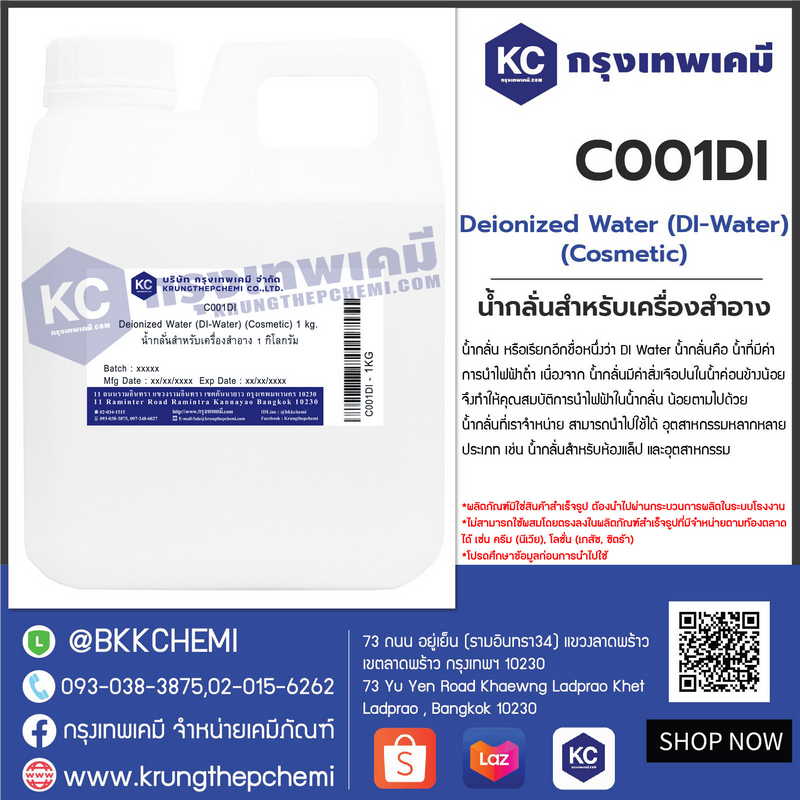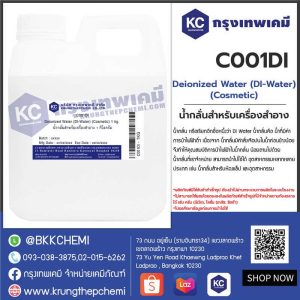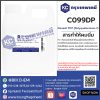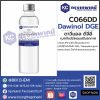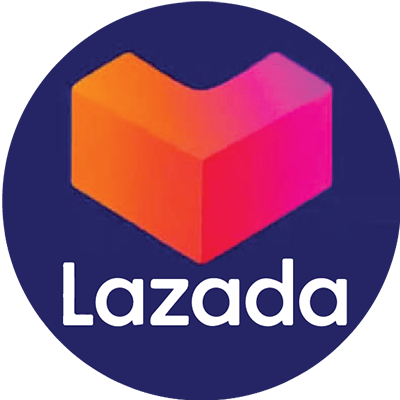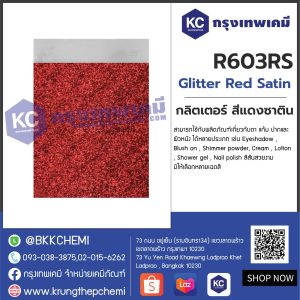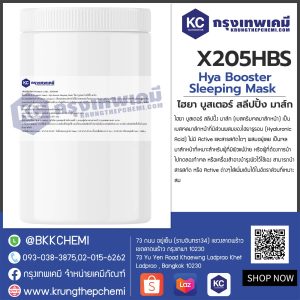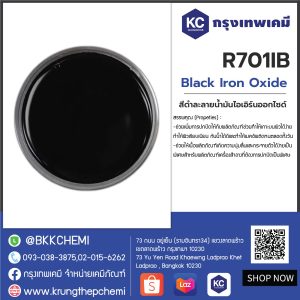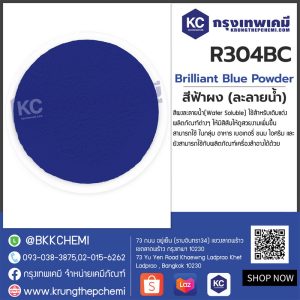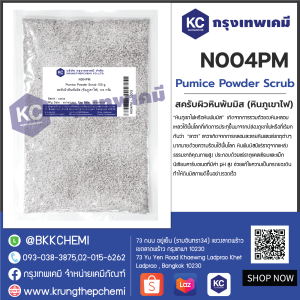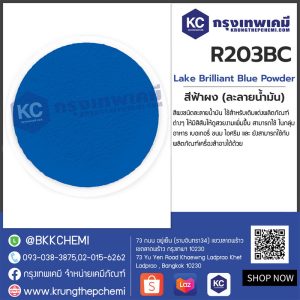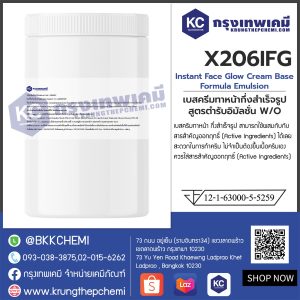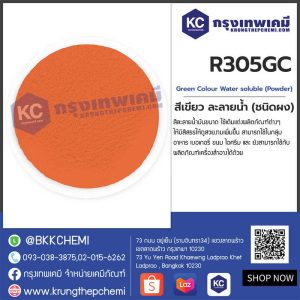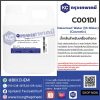Deionized Water (DI-Water) (Cosmetic) : น้ำกลั่นสำหรับเครื่องสำอาง
รหัสสินค้า : C001DI
24.00฿ – 344.00฿Price range: 24.00฿ through 344.00฿
IF YOU WANT BUY PRODUCT OF 100 KILOGRAMS OR MORE.
สามารถส่งคำขอใบเสนอราคาได้ที่
ไลน์ :
เฟสบุค เพจ :
รหัสสินค้า: C001DI
หมวดหมู่: สำหรับเครื่องสำอาง, เคมีเครื่องสำอาง
C001DI Deionized Water (DI-Water) (Cosmetic) : น้ำกลั่นสำหรับเครื่องสำอาง
| CAS Number : | 7732-18-5 |
| Formula : | H2O |
| Appearance : | clear liquid |
Is deionized water the same as distilled water?
Deionized water is not the same as distilled water. Both deionized and distilled water are purified, but through different processes — distillation uses heat while deionization uses ion exchange.
Deionized water is not the same as distilled water. Both deionized and distilled water are purified, but through different processes — distillation uses heat while deionization uses ion exchange.
ข้อมูลทั่วไป
น้ำกลั่น หรือเรียกอีกชื่อหนึ่งว่า DI Water น้ำกลั่นคือ น้ำที่มีค่าการนำไฟฟ้าต่ำ เนื่องจาก น้ำกลั่นมีค่าสิ่งเจือปนในน้ำค่อนข้างน้อย จึงทำให้คุณสมบัติการนำไฟฟ้าในน้ำกลั่น น้อยตามไปด้วย น้ำกลั่นที่เราน้ำปราศจากไอออน (deionized water) หรือทั่วไปเรียกกันว่าน้ำ DI เป็นน้ำที่ผ่านการกรองไอออน โดยใช้เรซินเป็นตัวกรอง จึงทำให้ได้น้ำที่ไม่มีไอออนหลงเหลืออยู่ และเป็นน้ำที่มีความบริสุทธิ์สูงอย่างแท้จริง เพราะโมเลกุลที่เหลืออยู่จะมีเพียงโมเลกุลของน้ำ H2O เท่านั้น ปัจจุบัน วิธี deionization เป็นวิธีที่นิยมใช้กันอย่างกว้างขวางในการทำให้น้ำบริสุทธิ์ และยังสามารถนำไปใช้ร่วมกับวิธีการทำให้น้ำบริสุทธิ์วิธีอื่น ๆ เช่น RO การกรอง หรือการกลั่นอีกด้วย ถึงแม้ว่าวิธี DI จะเป็นวิธีที่มีประสิทธิภาพสูง แต่ก็มีข้อจำกัดคือไม่สามารถกรองจุลินทรีย์ได้ ดังนั้นจึงต้องใช้วิธีอื่นควบคุ่กันไป
ประโยชน์ของน้ำปราศจากไอออน
น้ำชนิดนี้ มักใช้เป็นส่วนประกอบสำคัญในการทำปฏิกิริยาในระดับห้องปฏิบัติการ เพราะเป็นน้ำที่มีความบริสุทธิ์สูงมาก ดังที่ได้กล่าวมาแล้ว ซึ่งปัจจุบัน น้ำ DI ได้ถูกนำมาใช้ประโยชน์ได้หลายทางเช่น ใช้เป็นส่วนผสมในการผลิตในอุตสาหกรรมต่างๆ ใช้เป็นส่วนผสมในการผลิตเครื่องสำอาง เป็นต้น
ถึงแม้น้ำปราศจากไอออน จะถือเป็นน้ำที่มีความบริสุทธิ์สูง แต่น้ำชนิดนี้ก็ไม่เหมาะจะนำมารับประทาน เพราะไม่มีแร่ธาตุอะไรเหลืออยู่เลย จึงมีคุณค่าไม่เพียงพอที่จะนำไปบริโภค และยังอาจทำให้แร่ธาตุในร่างกายถูกดูดออกไปเมื่อบริโภค DI water อีกด้วย นอกจากนี้ น้ำ DI ไม่มีแม้กระทั่งประจุไฟฟ้า ซึ่งร่างกายคนเราจำเป็นต้องใช้เพื่อนำมาปรับสมดุล ด้วยเหตุผลนี้ น้ำที่บริสุทธิ์มากชนิดนี้ จึงไม่เหมาะจะนำมาบริโภค
ข้อมูลสินค้า
ชื่อทั่วไป : Deionized Water (DI-Water) (Cosmetic) (น้ำกลั่นสำหรับเครื่องสำอาง)
แหล่งผลิตสินค้า :
สั่งซื้อสินค้า Deionized Water (DI-Water) (Cosmetic) : น้ำกลั่นสำหรับเครื่องสำอาง
ได้ที่ Line@BKKCHEMI หรือหน้าร้านกรุงเทพเคมี โทร.02-034-1515,02-015-6262
What is deionized water?
Deionized water, also called deionised water, DI water, or demineralized water — is water that has had ions removed. Ions are molecules with a positive or negative electrical charge. In water, they appear as dissolved mineral salts. Minerals commonly found in tap water include calcium, magnesium, iron, sodium, chloride, sulfates, nitrates, carbonates, and silica.
High concentrations of these minerals create hard water. If you’ve ever had hard water in your home, you know it’s difficult to manage. When hard water dries on surfaces, it can leave a scaly residue that’s hard to clean. Hard water is also corrosive, not only to your appliances and fixtures, but also to your skin and hair.In deionization, water is pushed through a tank or cartridge that’s lined with positively and negatively charged resin beads. The beads attract ions with the opposite charge, essentially pulling them from the water. The water runs through the system, and the ions stay behind. This process is called ion exchange.
Notably, deionization only removes ions. Uncharged contaminants and suspended solids, including viruses and bacteria, can remain in deionized water.
Deionized water, also called deionised water, DI water, or demineralized water — is water that has had ions removed. Ions are molecules with a positive or negative electrical charge. In water, they appear as dissolved mineral salts. Minerals commonly found in tap water include calcium, magnesium, iron, sodium, chloride, sulfates, nitrates, carbonates, and silica.
High concentrations of these minerals create hard water. If you’ve ever had hard water in your home, you know it’s difficult to manage. When hard water dries on surfaces, it can leave a scaly residue that’s hard to clean. Hard water is also corrosive, not only to your appliances and fixtures, but also to your skin and hair.In deionization, water is pushed through a tank or cartridge that’s lined with positively and negatively charged resin beads. The beads attract ions with the opposite charge, essentially pulling them from the water. The water runs through the system, and the ions stay behind. This process is called ion exchange.
Notably, deionization only removes ions. Uncharged contaminants and suspended solids, including viruses and bacteria, can remain in deionized water.
| น้ำหนัก | ไม่ระบุ |
|---|---|
| ขนาดบรรจุ | 1 กิโลกรัม, 20 กิโลกรัม |
คืนสินค้าได้ภายใน 7 วัน
สินค้าที่เกี่ยวข้อง
สำหรับเครื่องสำอาง
รหัสสินค้า: R603RS
49.00฿ – 1,998.00฿Price range: 49.00฿ through 1,998.00฿
สำหรับเครื่องสำอาง
รหัสสินค้า: X205HBS
835.00฿ – 7,380.00฿Price range: 835.00฿ through 7,380.00฿
สำหรับเครื่องสำอาง
รหัสสินค้า: R701IB
125.00฿ – 438.00฿Price range: 125.00฿ through 438.00฿
สำหรับอาหาร
รหัสสินค้า: R304BC
35.00฿ – 2,395.00฿Price range: 35.00฿ through 2,395.00฿
สำหรับเครื่องสำอาง
รหัสสินค้า: N004PM
205.00฿ – 1,700.00฿Price range: 205.00฿ through 1,700.00฿
รหัสสินค้า: R203BC
45.00฿ – 2,335.00฿Price range: 45.00฿ through 2,335.00฿
สำหรับเครื่องสำอาง
Instant Face Glow Cream Base Formula Emulsion : เบสครีมทาหน้ากึ่งสำเร็จรูป สูตรตำรับอิมัลชั่น W/O
รหัสสินค้า: X206IFG
370.00฿ – 3,400.00฿Price range: 370.00฿ through 3,400.00฿
สำหรับอาหาร
รหัสสินค้า: R305GC
35.00฿ – 850.00฿Price range: 35.00฿ through 850.00฿


